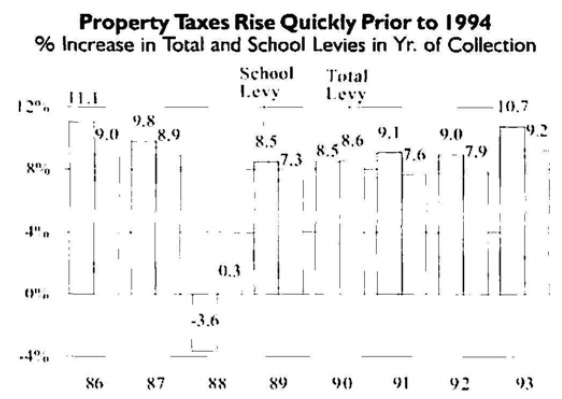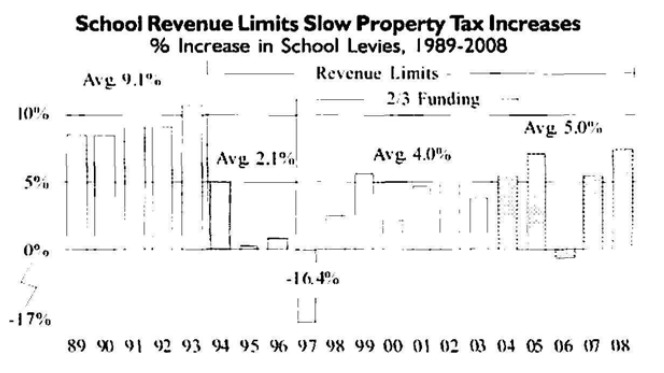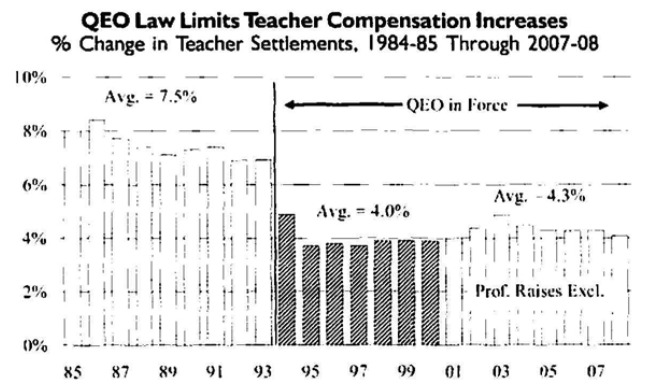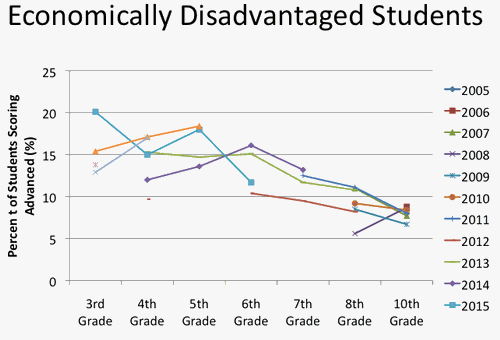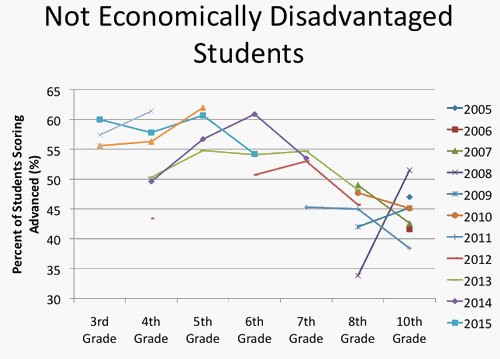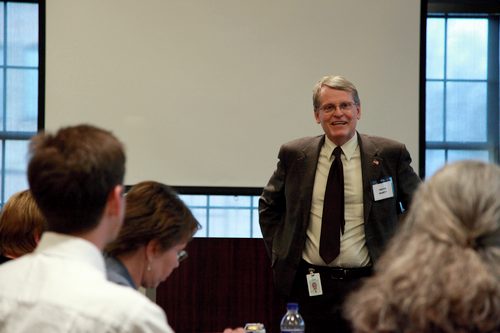One of the most interesting things I’ve observed in my years of local school interaction is the extensive amount of pedagogical and content development that taxpayers fund within the Madison School District. I’ve always found this unusual, given the proximity of the University of Wisconsin, MATC and Edgewood College, among other, nearby Institutions of Higher Education.
The recent Math Task Force, a process set in motion by several school board elections, has succeeded in bringing more attention to the District’s math curriculum. Math rigor has long been a simmering issue, as evidenced by this April, 2004 letter from West High School Math Teachers to Isthmus:
Moreover, parents of future West High students should take notice: As you read this, our department is under pressure from the administration and the math coordinator’s office to phase out our “accelerated” course offerings beginning next year. Rather than addressing the problems of equity and closing the gap by identifying minority math talent earlier, and fostering minority participation in the accelerated programs, our administration wants to take the cheaper way out by forcing all kids into a one-size-fits-all curriculum.
It seems the administration and our school board have re-defined “success” as merely producing “fewer failures.” Astonishingly, excellence in student achievement is visited by some school district administrators with apathy at best, and with contempt at worst. But, while raising low achievers is a laudable goal, it is woefully short-sighted and, ironically, racist in the most insidious way. Somehow, limiting opportunities for excellence has become the definition of providing equity! Could there be a greater insult to the minority community?
The fact the Madison’s Teaching & Learning Department did not get what they want tonight is significant, perhaps the first time this has ever happened with respect to Math. I appreciate and am proud of the Madison School Board’s willingness to consider and discuss these important issues. Each Board member offered comments on this matter including: Lucy Mathiak, who pointed out that it would be far less expensive to simply take courses at the UW-Madison (about 1000 for three credits plus books) than spend $150K annually in Teaching & Learning. Marj Passman noted that the Math Task Force report emphasized content knowledge improvement and that is where the focus should be while Maya Cole noted that teacher participation is voluntary. Voluntary participation is a problem, as we’ve seen with the deployment of an online grading and scheduling system for teachers, students and parents.
Much more on math here, including a 2006 Forum (audio / video).
Several years ago, the late Ted Widerski introduced himself at an event. He mentioned that he learned something every week from this site and the weekly eNewsletter. I was (and am) surprised at Ted’s comments. I asked if the MMSD had an internal “Knowledge Network”, like www.schoolinfosystem.org, but oriented around curriculum for teachers? “No”.
It would seem that, given the tremendous local and online resources available today, Teaching & Learning’s sole reason for existence should be to organize and communicate information and opportunities for our teaching staff via the web, email, sms, videoconference, blogs, newsletters and the like. There is certainly no need to spend money on curriculum creation.
“Men more frequently require to be reminded than informed.”
Listen to tonight’s nearly 50 minute Madison School Board math discussion via this 22MB mp3 audio file.
